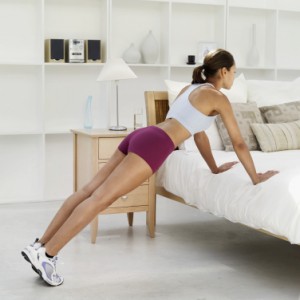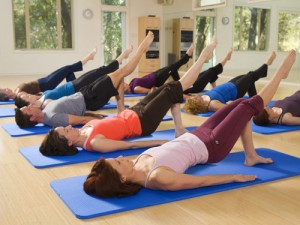I know, it feels like i’ve just told you to stay out of the sun with my article on skin cancer checks and here I am telling you to get out into it. This article however has been a while in the making. It started with me noticing a few of my clients (darker skin in origin) had vitamin D deficiency, as it doesn’t have strong symptoms, its easy to forget about and push to the side. Then when I started doing corporate health checks I was seeing an abundance of people and started asking questions about their Vitamin D levels. The increased incidence of Vitamin D deficiency is scary to me. But makes sense. A lot of us work indoors during most sunlight hours and we are staying out of the sun more to avoid skin cancer. I make a point now to ask all clients and all corporate client checks about their Vitamin D levels. It’s like a personal crusade or something of the like, I feel that not everybody really understands just how important it is. So now i’m taking the education to the website and hope you benefit from reading about it.
Slip Slop Slap – we’ve got it drummed into us that we need to cover up and stay out of the sun to reduce risk of skin
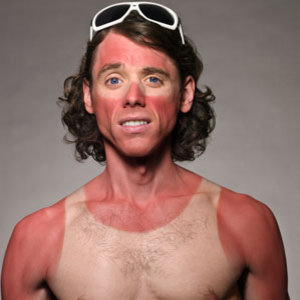
cancer. What’s happening though is we forget about the importance of (suitable) sun exposure. There seems to be a very fine balance you have to achieve, we all need sun exposure for Vitamin D but at the same time we need to limit our sun exposure to reduce risk of skin cancer. How do we do it?
Well first off let’s learn a little more about what Vitamin D is and why it is so important…
Vitamin D is vital for good health, growth, strong bones, calcium absorption and immune function.Vitamin D is essential for the normal development and growth of cells, bones and teeth. The sun’s rays are the primary source of Vitamin D but exposure needs to balanced to reduce the risk of skin cancer.
Vitamin D deficiency is a common condition in which the body has inadequate stores of vitamin D.
Untreated vitamin D deficiency can lead to serious complications, such as bone fractures and bone deformities, lowered immune function. It has also been linked to Parkinson’s disease, obesity, asthma and heart disease.
Vitamin D deficiency is treatable with supplements and adequate exposure to sunlight. After a simple blood test your doctor will advise treatment through supplementation and/or sunexposure.
Where do we get Vitamin D?
The best source of Vitamin D is UVB radiation from the sun. 90 per cent of our vitamin D is made in the skin with the help of sunshine. UVB sunlight converts cholesterol in the skin into Vitamin D. We need to expose bare skin though to the sun This is confusing considering we need to be careful not to get too much sun in order to avoid skin cancer. Staying out of the sun at the most dangerous time in the middle of the day (10am-2pm) is best especially during summer, but a balanced approach to sun exposure is necessary to avoid the risk of skin cancer and yet get an adequate dose of sunshine.
How much sun exposure we need?
There are many factors you need to think about when calculating how much exposure to the sun you need including, geographical location, the season, time of day, your age and skin type. As a general guide, during summer most people need a few minutes of exposure every day, outside of the hottest times 10am-2pm. In winter, in the south of Australia, you’ll need about two to three hours over a week. In the north of Australia normal outdoor activity should be sufficient.
Most foods contain very little Vitamin D naturally, small amounts however can be obtained through certain foods such as fatty fish, fish liver oil, and eggs.
How it works?
Vitamin D helps calcium and phosphorus in our diet to be absorbed from the gut, these are both essential for the structure and strength of bones. So,Vitamin D is crucial to good bone health and muscle development. Without an adequate supply bones can become brittle, thin or misshapen.
Musculoskeletal conditions that can occur due to Vitamin D deficiency include:
- Rickets – softening and weakening of the bones in children.
- Bone and muscle aches and pains.
- Osteoporosis – thinning of bone tissue and loss of bone density and strength.
There is also an increased risk for developing other health conditions such as cancer, diabetes, heart disease and cognitive dysfunction (brain fog).
Often there are no symptoms of Vitamin D deficiency besides general aches and feeling tired. Which can often be blamed on other things, so easy not to make the connection. In severe deficiencies more obvious symptoms of bone deformities will occur, with severe pain and weakness.
Who does it affect?
- Elderly people and those who are housebound.
- People with darker skin require more sun exposure to achieve the same Vitamin D synthesis as the pigment in their skin naturally reduces UV penetration.
- People with osteoporosis.
- People who cover their skins due to religious beliefs.
- Babies whose mothers are Vitamin D deficient.
- People on medications which interfere with Vitamin D metabolism – eg those who are obese or have coeliac disease (which causes fat malabsorption).
How to treat it
A simple blood test will determine your Vitamin D levels. Depending on your results you may be required to take supplements or advised how to get safe, natural sun exposure. After about a month of treatment you need to be reviewed. People who are at greater risk of Vitamin D deficiency should get regular check ups. Going to the doctor isn’t the best way to spend your time but check ups are simple and essential to good health. You may not be worried about your Vitamin D levels now, but your future self and body may wish you had done something now. When you get old it’s of great benefit to you to have strong bones and body.
If you are getting your levels checked for the first time, I recommend making the most of your appointment. In your blood test request that a full blood count be taken, you can check your cholesterol, iron, glucose, thyroid in a simple blood test. It doesn’t hurt to get checked out! 🙂
If you are unsure about your Vitamin D levels or have questions please see your doctor or health practitioner. Please help me increase the awareness by simply sharing this post 🙂
Extra Info
For more detailed info on Vitamin D deficiency http://www.vitaminddeficiencyguide.com/
From the cancer council http://www.cancer.org.au/preventing-cancer/sun-protection/vitamin-d/
About sun safety http://www.sunsmart.com.au/default.asp
Image credit :Men’s Health


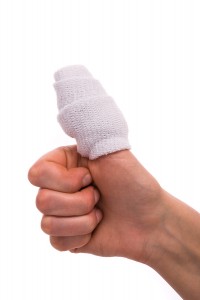 to introducing new exercises to your workout or raising the intensity of your workout. The good news is that it’s normal, it doesn’t mean you’re super unfit or should avoid exercise (the opposite is true really). The fittest of the fit can always be challenged in a new way and pushed, experiencing a degree of DOMS.The most severe cases of DOMS though seem to occur with those new to training, so always make sure you seek advice prior to starting weight/strength training for the first time. There is no shame in asking for help, think of good technique during exercise like ‘pre-hab’. And absolutely do not jump in the deep end and use too much load if you’re not used to it.
to introducing new exercises to your workout or raising the intensity of your workout. The good news is that it’s normal, it doesn’t mean you’re super unfit or should avoid exercise (the opposite is true really). The fittest of the fit can always be challenged in a new way and pushed, experiencing a degree of DOMS.The most severe cases of DOMS though seem to occur with those new to training, so always make sure you seek advice prior to starting weight/strength training for the first time. There is no shame in asking for help, think of good technique during exercise like ‘pre-hab’. And absolutely do not jump in the deep end and use too much load if you’re not used to it.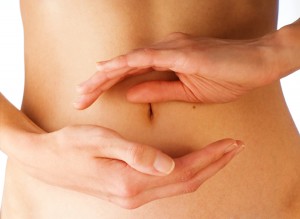
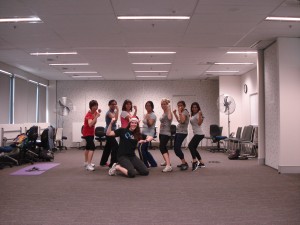
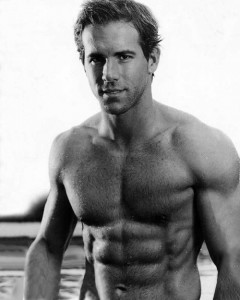 impact on some people’s results) but it doesn’t mean give up, just understand that it may take a while!
impact on some people’s results) but it doesn’t mean give up, just understand that it may take a while!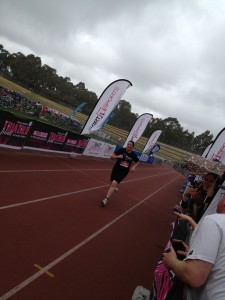 In one of our pre-race training sessions, Suzie copped the full force of my fear – we’re talking swearing, tears and self-doubt … not my finest hour. As we tackled my first eight kilometres on a bike, and several steep hills (ok, maybe they were just slight inclines), Suzie was beside me every painful pedal, and never let me give up, even though every part of my body was screaming at me to get off that damn bike and just lie down.
In one of our pre-race training sessions, Suzie copped the full force of my fear – we’re talking swearing, tears and self-doubt … not my finest hour. As we tackled my first eight kilometres on a bike, and several steep hills (ok, maybe they were just slight inclines), Suzie was beside me every painful pedal, and never let me give up, even though every part of my body was screaming at me to get off that damn bike and just lie down.